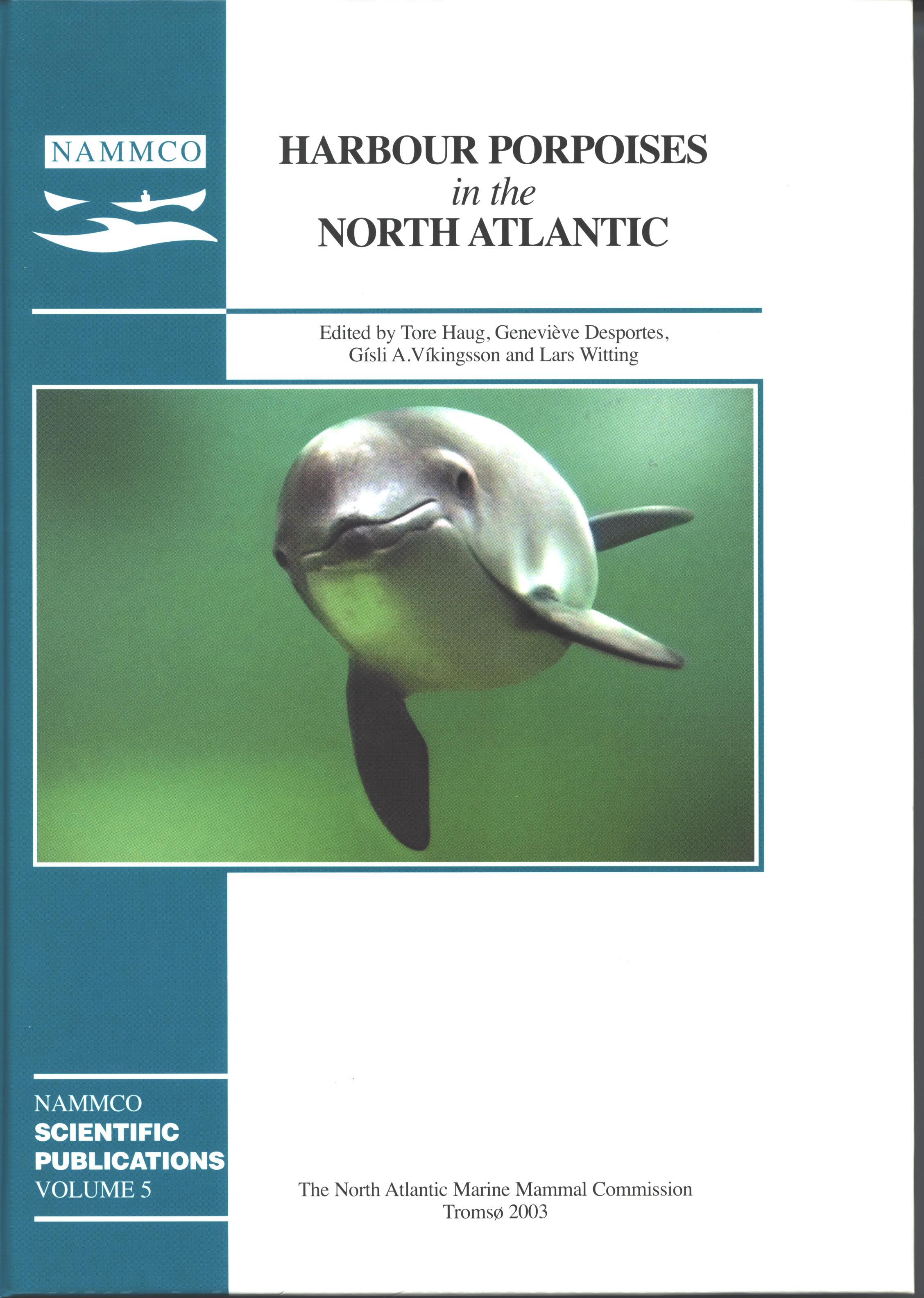Harbour porpoises (Phocoena phocoena) in the North Atlantic: Distribution and genetic population structure
DOI:
https://doi.org/10.7557/3.2737Keywords:
harbour porpoises, distribution, genetics, population structureAbstract
The known geographical distribution (based on ship surveys, aerial surveys, incidental sightings, stranding and bycatch data) and the population genetic structure obtained from mitochondria DNA and nuclear DNA (isozymes and microsatellites) data analyses of the harbour porpoise in the North Atlantic have recently been reviewed and revised by the International Whaling Commission. The present review builds on these documents by integrating more recent genetic and distributional studies. Studies of the genetic structure of harbour porpoise populations tend to be concentrated in areas where samples are available which coincide with areas where incidental or directed catches or stranding take place. Nevertheless, recently, several genetic studies on the population structure have been able to reveal a more comprehensive picture of the harbour porpoise population structure in the Northwest and Northeast Atlantic, although not all areas have been subjected to analyses.Downloads
Published
2003-07-01
How to Cite
Andersen, L. W. (2003). Harbour porpoises (<i>Phocoena phocoena</i>) in the North Atlantic: Distribution and genetic population structure. NAMMCO Scientific Publications, 5, 11–29. https://doi.org/10.7557/3.2737
Issue
Section
Articles





